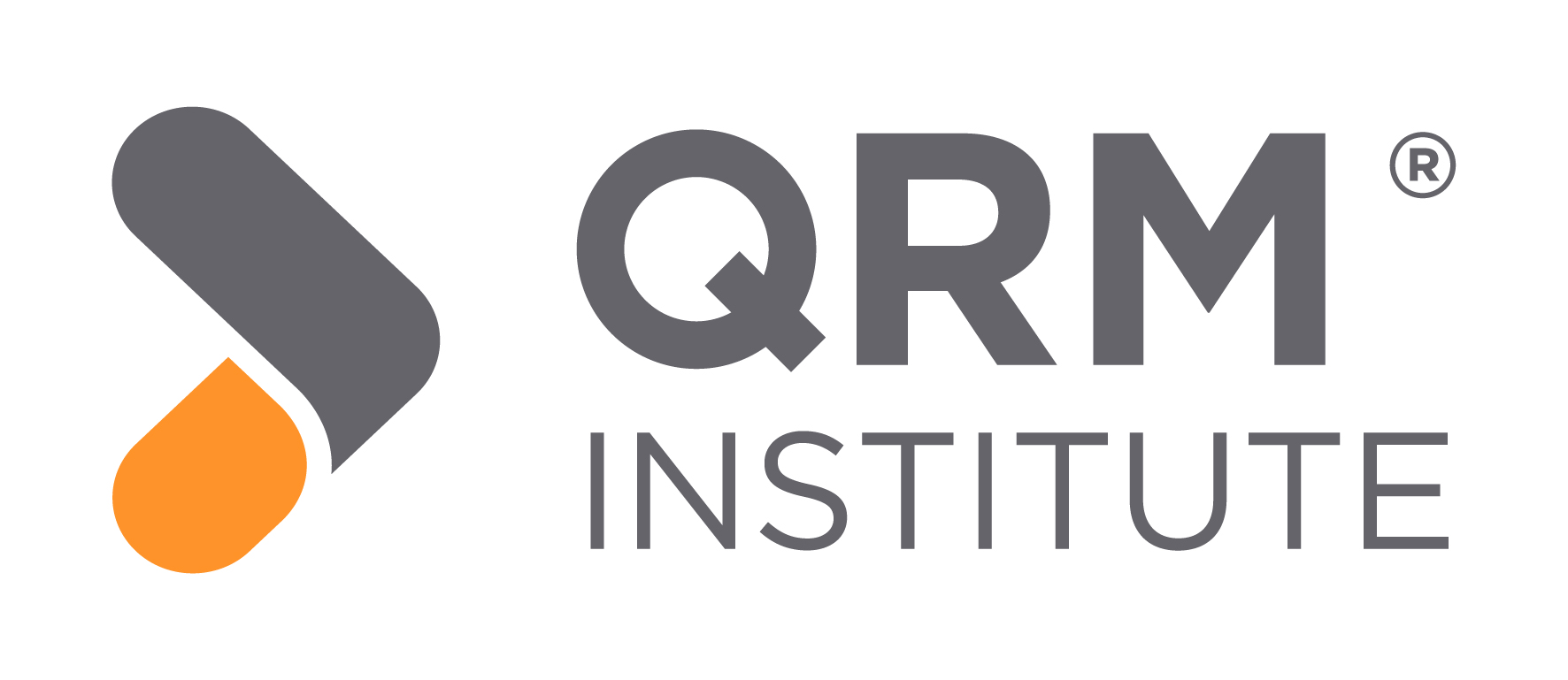Why truly smart factories are astonishingly straightforward and simple

By Pascal Pollet – QRM Institute
The ‘smart factory’ is a magical term in the modern industry. Case studies indicate that you have to make your factory simpler, before you can make it smart.
A smart factory makes full use of digital technologies and flexible automation in order to improve cost, quality, lead time and flexibility. Setting up a smart factory is one of the many ways to achieve these goals. For example, if you want to reduce production costs, there are numerous options such as: adjusting the product design to improve manufacturability, automation, lean manufacturing, using cheaper suppliers and also setting up a smart factory.
As so many possibilities are available, the management is forced to make a well-considered choice. Central to this choice is the question: “Which operational goal are we striving to achieve, and which option will tend to be the most profitable?” Setting up a smart factory is just a means to achieve a tangible business goal.
Although smart factories are fashionable at the moment, the necessary investment – for example in software – should not be underestimated. You can’t (yet) build a smart factory with free apps. Software maintenance costs are a case in point. The maintenance cost for a production machine in a factory typically amounts to 3-4 percent of its new value; the software maintenance cost is often 15-20 percent. After about 5 years, the actual software cost thus adds up to twice the original investment.
Rocket science
Smart factories also bring along risks. The more advanced a system becomes, the greater the likelihood that something will go wrong. Tesla recently found this out for itself. “Excessive automation at Tesla was a mistake. Humans are underrated” stated a tweet by CEO Elon Musk, as he said goodbye to his dream of the ‘lights-out’ factory. It seems that building a rocket to the moon is easier for Elon Musk than running a factory. Or to put it another way: production is actually more difficult than rocket science.
In space circles there is a story doing the rounds in which both the Americans and the Russians were looking for a way of writing in space. After spending millions of dollars, the Americans came up with an ingenious pen. The Russians used a pencil. This story is probably apocryphal, but it’s a good illustration of Leonardo da Vinci’s famous quote “Simplicity is the ultimate sophistication”. This insight needs to take a central place in our thinking about production.
The principle “simplify your processes before investing in technology” is central to Toyota’s vision on Industry 4.0. This approach allows the company to avoid unnecessary investments in technology. Only when no more progress towards a goal is possible by simplification, is investment in more smart technology considered.
Amazing simplicity
A few examples show that it can sometimes be incredibly simple. We recently received a request from a company that was looking for a solution for the automatic removal of paint hooks in a painting line. An obvious approach would have been to immediately look at automating the existing manual working method. This would have led to a complex system involving a camera system to detect the hooks, and a robot to grasp and remove them. But a simpler solution was possible. The insertion of a curved rod into the flow of paint hooks proved sufficient to solve the problem. The paint hooks gently collide with the curved rod and briefly follow its curvature. They then tilt, which causes them to come unhooked and fall into a waiting container like ripe fruit.
Another example we heard of was a service company that manages a wide range of spare parts, and has a total of a several million parts in stock. The company was faced with the challenge of reducing stock counting. It’s easy to come up with a technical solution to this problem. For example, you could place a set of scales under each tray to constantly monitor the stock. In theory, this offers a watertight solution, but this is offset by a substantial investment in thousands of sets of scales and a huge amount of network infrastructure and software. The company came up with a simpler solution. If the system shows that there are four items or less left after picking, the scanners instruct order pickers to carry-out a stock count.
This has several advantages. First of all, the actual counting is greatly reduced by the fact that only small quantities need to be counted. Secondly, there is no real need for any counting at all. After all, if the number of items is limited to four, you can see at a glance how many items are present. This further speeds up counting and also reduces the number of counting errors. Finally, it allows a systematic count to be performed when it is most needed, i.e. when stocks are close to zero and when potential stock errors would cause most problems.
Such examples are not new. A classic example is the Japanese Kanban system. While companies in the West were installing expensive planning systems, in Japan the Kanban system was invented, which made it easy to replenish stock levels based upon visual maps. Unfortunately, Kanban cannot be used directly in production environments for high-mix-low-volume and custom-made products. Many are tempted to install an advanced and expensive scheduling system (finite schedulers, APS), but pioneers are showing that, here too, simpler methods are available. An elegant alternative is POLCA, a variant of Kanban that is suitable for high-mix-low-volume and custom-made products. POLCA is part of the Quick Response Manufacturing Strategy that strives to reduce lead times by simplifying processes.

Conclusion
What can we learn from these examples? Think before you start. Simplify before you invest in smart technology. Or, as Taichi Ohno – founder of the Toyota Production System – once put it: “use your brain before you get your wallet out.”
Tags: Industrie 4.0
Would you like to find out more about POLCA?
